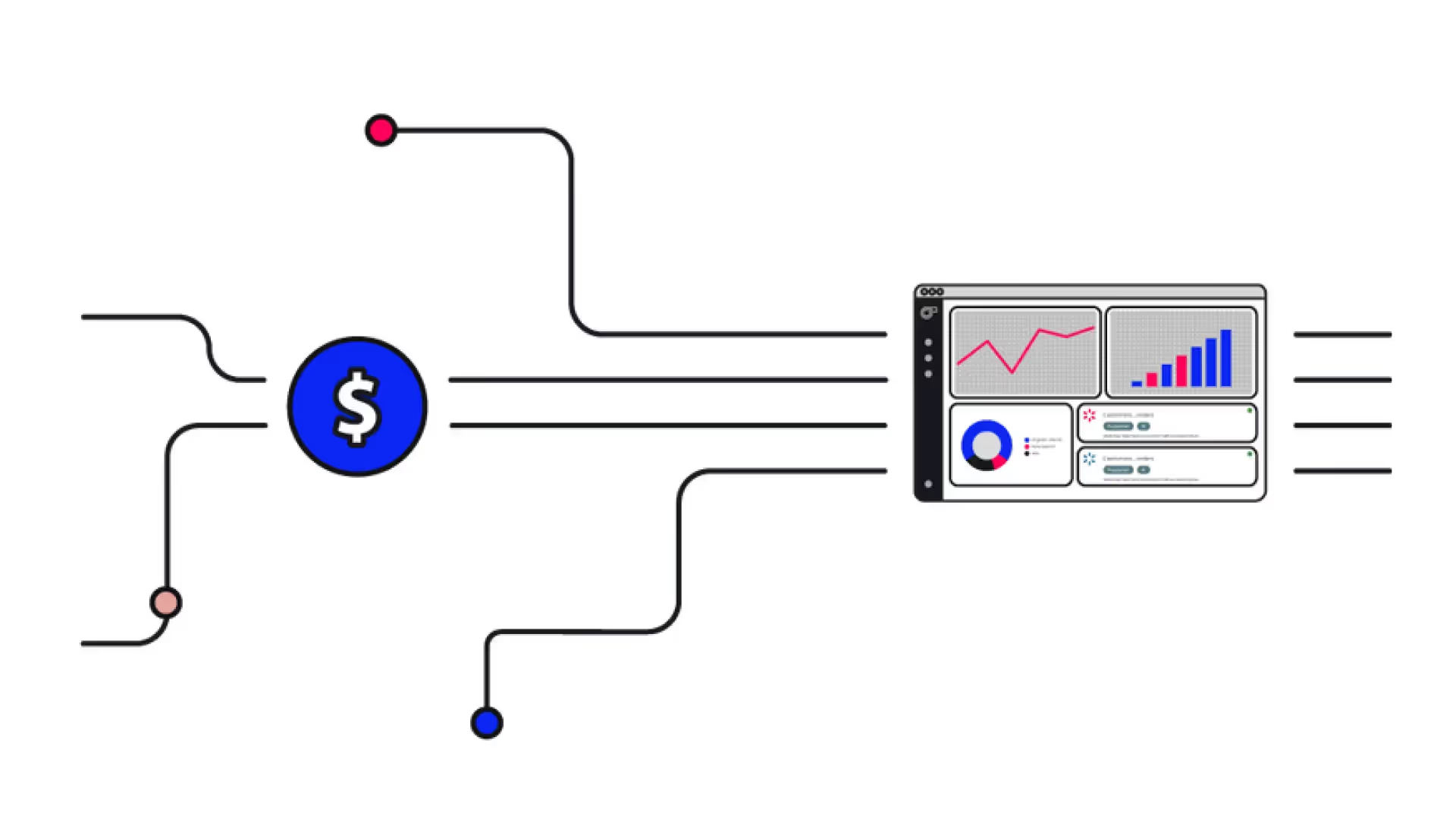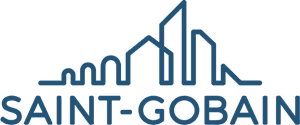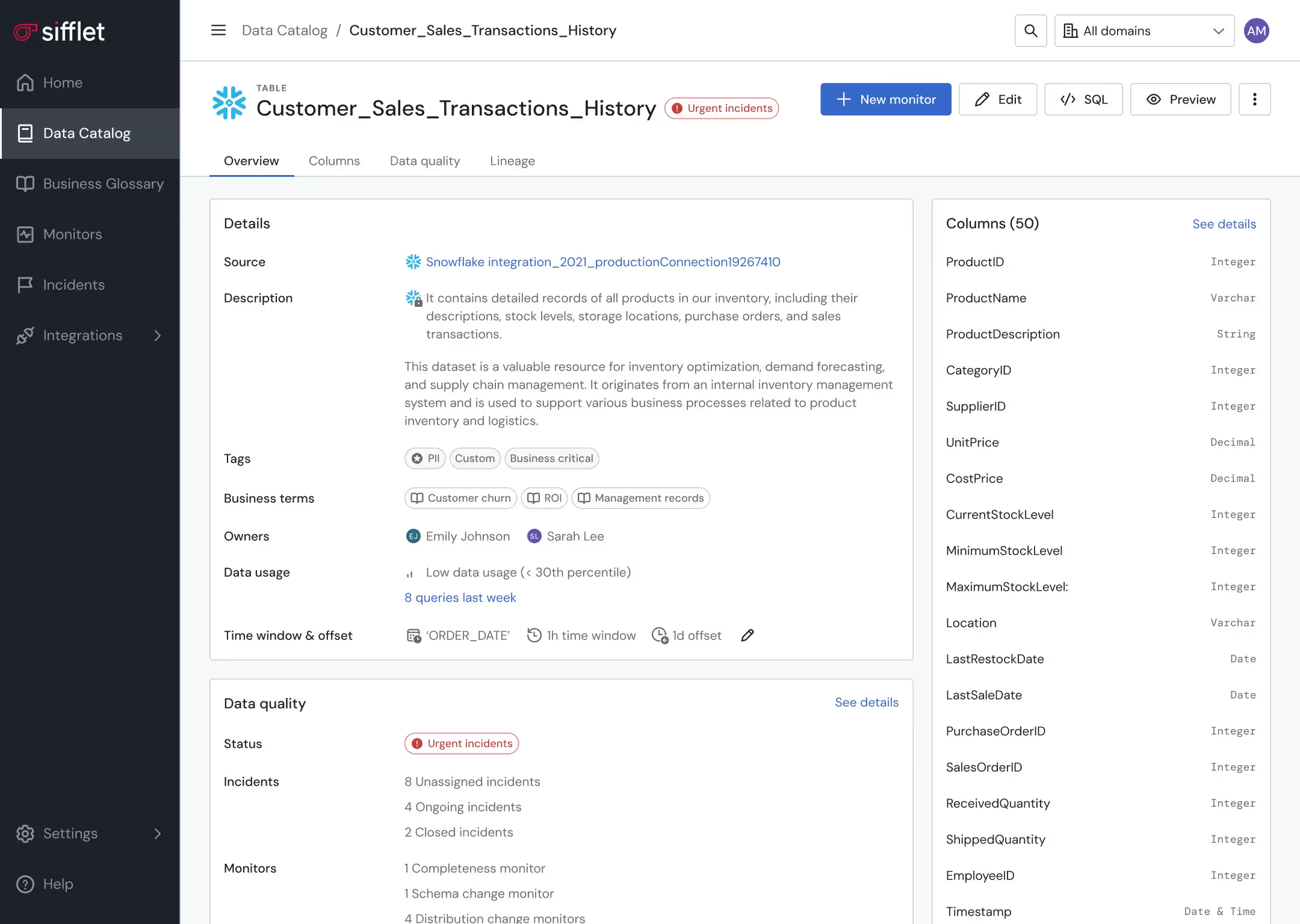Cost-efficient data pipelines
Pinpoint cost inefficiencies and anomalies thanks to full-stack data observability.















Data asset optimization
- Leverage lineage and Data Catalog to pinpoint underutilized assets
- Get alerted on unexpected behaviors in data consumption patterns

Proactive data pipeline management
Proactively prevent pipelines from running in case a data quality anomaly is detected















Still have a question in mind ?
Contact Us
Frequently asked questions
Can data observability improve collaboration across data teams?
Absolutely! With shared visibility into data flows and transformations, observability platforms foster better communication between data engineers, analysts, and business users. Everyone can see what's happening in the pipeline, which encourages ownership and teamwork around data reliability.
Why does great design matter in data observability platforms?
Great design is essential in data observability platforms because it helps users navigate complex workflows with ease and confidence. At Sifflet, we believe that combining intuitive UX with a visually consistent UI empowers Data Engineers and Analysts to monitor data quality, detect anomalies, and ensure SLA compliance more efficiently.
How does Sifflet support data pipeline monitoring at Carrefour?
Sifflet enables comprehensive data pipeline monitoring through features like monitoring-as-code and seamless integration with data lineage tracking and governance tools. This gives Carrefour full visibility into their pipeline health and helps ensure SLA compliance.
How can organizations balance the need for data accuracy with the cost of achieving it?
That's a smart consideration! While 100% accuracy sounds ideal, it's often costly and unrealistic. A better approach is to define acceptable thresholds through data validation rules and data profiling. By using observability platforms that support threshold-based alerts and dynamic thresholding, teams can focus on what matters most without over-investing in perfection.
How does integrating data observability improve SLA compliance?
Integrating data observability helps you stay on top of data issues before they impact your users. With real-time metrics, pipeline error alerting, and dynamic thresholding, you can catch problems early and ensure your data meets SLA requirements. This proactive monitoring helps teams maintain trust and deliver consistent, high-quality data services.
Why are data teams moving away from Monte Carlo to newer observability tools?
Many teams are looking for more flexible and cost-efficient observability tools that offer better business user access and faster implementation. Monte Carlo, while a pioneer, has become known for its high costs, limited customization, and lack of business context in alerts. Newer platforms like Sifflet and Metaplane focus on real-time metrics, cross-functional collaboration, and easier setup, making them more appealing for modern data teams.
Why is it important to align KPIs with data team objectives?
Aligning KPIs with your data team’s goals is essential for clarity and motivation. When everyone knows what success looks like and how it’s measured, it creates a sense of purpose. Tools that support data quality monitoring and metrics collection can help track those KPIs effectively and ensure your team is on the right path.
Why is data observability important during cloud migration?
Great question! Data observability helps you monitor the health and integrity of your data as it moves to the cloud. By using an observability platform, you can track data lineage, detect anomalies, and validate consistency between environments, which reduces the risk of disruptions and broken pipelines.




















-p-500.png)
